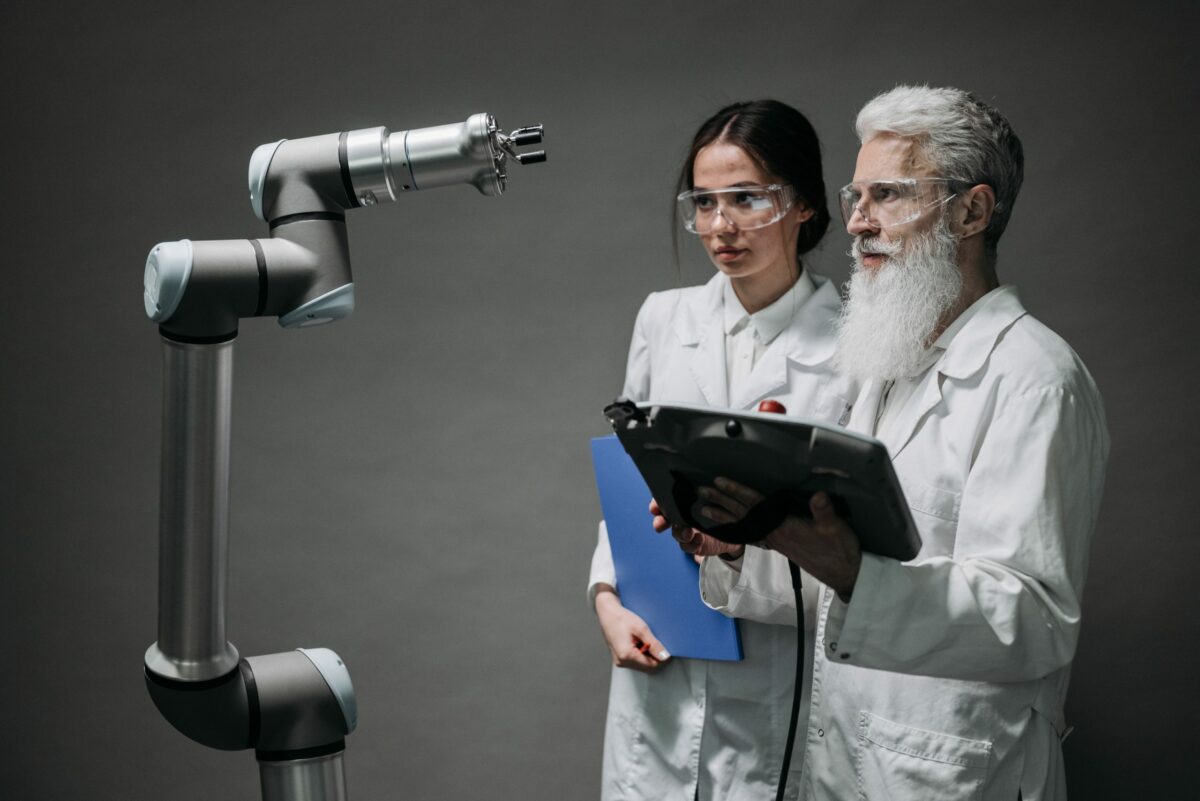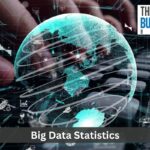As the buzz around AI has increased, vendors have been scrambling to explain how their products and services integrate AI.
Two examples of this are in video gaming and the online casino industries.
But do you understand how it helps video games? Do you understand roulette probability? No, well, we are here to help you learn from the top.
Machine learning, for example, is usually referred to as AI by most firms.
AI necessitates a foundation of specialized hardware and software for creating and training machine learning algorithms.
There is no single programming language that can be used to implement AI.
AI systems, in general, work by consuming huge volumes of labeled training data, analyzing the data for correlations and patterns, and then using these patterns to forecast future states.
For example, a chatbot fed with text chats may learn to make lifelike exchanges with people by examining millions of examples.
Likewise, an image recognition program can learn to recognize and describe items in photographs.
Learning, reasoning, and self-correction are the three cognitive processes AI programming focuses on.
AI is significant because it may provide businesses with previously unavailable insights into their operations. In some cases, AI can perform jobs more efficiently than humans.
In general, AI systems do tasks quickly and with few errors, especially in repetitive, detail-oriented tasks like analyzing large volumes of legal documents to ensure essential fields are completed accurately.
The term “probability” refers to the likelihood of something occurring (but don’t get the two mixed up, we will explain shortly).
We can talk about the probabilities of specific outcomes—how likely they are—when we’re unsure about the result of an event. Statistics is the study of occurrences guided by probability.
In everyday speech, the word probability has numerous meanings. Two of them are particularly crucial for advancing and applying probability theory in mathematics.
One is the interpretation of probabilities as relative frequencies, which can be demonstrated using basic games such as coins, cards, dice, and roulette wheels.
The unique aspect of games of chance is that the outcome of a single trial cannot be anticipated with certainty, even though the aggregate results of a large number of tests show some consistency.
A crucial component of probability theory is an experiment that can be repeated, at least hypothetically, under nearly identical conditions and that can result in various outcomes on successive trials.
The collection of all possible experimental outcomes is a “sample space.”
So, how are these two worlds linked? Machine Learning is an interdisciplinary field that employs statistics, probability, and algorithms to extract data and generate insights that may be used to create intelligent systems.
Many machine learning models are taught utilizing a probabilistic framework and an iterative method.
The framework of maximal likelihood estimation, abbreviated as MLE, is perhaps the most common. This is a model parameter estimation approach based on observable data.
Working with probability in computer science may seem strange because most branches deal with deterministic and certain entities.
However, in artificial intelligence or data science in general, uncertainty and stochasticity can take numerous shapes.
The most common source of uncertainty is data, although a model can also be a source.
Modeling and dealing with uncertainty can be made easier with the help of probability theory. This hypothesis is used to investigate the frequency of occurrence of events.
Artificial Intelligence includes Machine Learning as a subset (AI).
Even though AI and Data Science are two distinct professions, they have a lot in common. We need to grasp the mathematics that underpins the AI and Data Science models we use.
For example, linear Algebra, Calculus, and Probabilities are used extensively in Artificial Intelligence to determine Linear Regression.
Introductory Algebra serves as the foundation for all of these other branches of mathematics, which are then utilized by AI and data science.
Probabilities assist us in determining whether or not this problem can be solved using the tools, resources, and data available to us.
Engineers make judgments based on their data; thus, statistics and probabilities are crucial.
As a result, statistics and probability are commonly employed from the start of a project to figure out how to solve the problem and identify the solution.
The distinction between Probability and Likelihood is one of the most important things to remember. Unfortunately, many engineers confuse likelihood with probability.
Thus everyone working in the area should master these fundamental techniques to design the most efficient solutions.






























